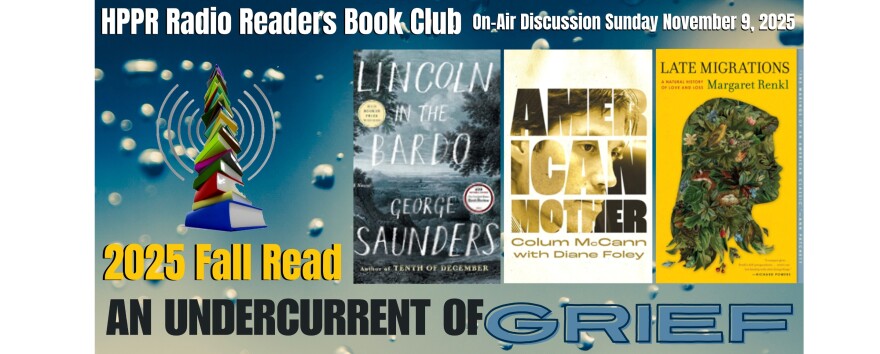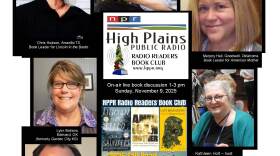For the HPPR Reader’s Book Club, this is Phillip Periman in Amarillo, Texas reviewing “The Little Prince” by Antoine Saint-Exupéry. This classic so-called children story originally published in French and English first appeared in 1943. Within a few years it had become a classic in children’s literature although most adults who read it to their kids quickly realized that it is a fable or allegory of the important things occupying most of human life: love, friendship, loss, and loneliness.
The narrator of the tale is a pilot whose plane has had to make an emergency landing in the middle of the Sahara Desert. He begins the book however, with a memory of his drawings at age six of a boa constrictor who had swallowed a baby elephant. Throughout his life he shows his pictures to grown-ups; none recognize what they are. This leads the narrator to stop drawing and profoundly isolate his inner self and as he puts it “never talk…about boa constrictors, or primeval forests, or stars” which was his way to appear to be “such a sensible man.”
In the story the pilot is in a life-or-death situation with a broken plane and little water in the middle of this large desert thousands of miles from humane habitation. Much to his surprise he is awakened from his first night of sleep in the desert by a small man with an odd little voice asking him to draw a sheep. Astonished the pilot attempts to draw a sheep and begins to question this little man who claims to be a prince who lives on a small planet with three volcanos, one extinct, and who is worried that his single flower, a rose with only four thorns, he left behind might be eaten by the sheep on his planet.
Almost as if the narrator’s survival was not an issue, the story evolves with the Little Prince answering question after question about living in space and his adventures since he left home. The prince relates his encounters with a businessman, a snake, a king as well as with a fox. Over and over again the Little Prince confronts a “grown-up” mindset which makes clear that most grown-ups miss what the important things in life are. This causes the little prince to yearn to return to his planet and his rose which he now knows is one of a million such flowers, but is so important to him, because it is his special rose.
Saint-Exupéry died in 1944 during WWII. His wife, Consuelo wrote a memoir, “The Tale of the Rose” about their marriage, full of infidelities on both their parts and years of conflict and unhappiness. It was not published until 2000. Some critics now interpret The Little Prince as allegory of the author’s life. Regardless, it is still an addictive tale which reveals much about human nature.
Saint-Exupéry illustrated his story with exquisite watercolors which are kept with the original manuscript at the Morgan Library in NYC---the city where he wrote the novel. This year for the first time the illustrations and the manuscript will be on exhibit in Paris at the Musée des Arts Decoratif. Even though the book is often used in first year French classes and has spawned an industry of souvenirs and even a movie, I only read it because of the Reader’s Book Club. I found it both delightful and profound. If you read it, you will renew your life. This has been Phillip Periman for the HPPR Reader’s Book club.










